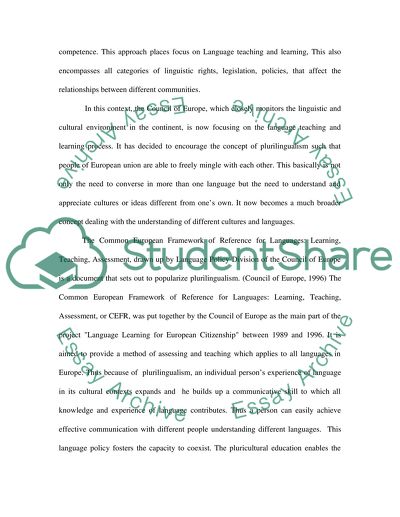Cite this document
(The Significance of Plurilingualism in Europe Essay, n.d.)
The Significance of Plurilingualism in Europe Essay. https://studentshare.org/social-science/1516533-plurilingualism
The Significance of Plurilingualism in Europe Essay. https://studentshare.org/social-science/1516533-plurilingualism
(The Significance of Plurilingualism in Europe Essay)
The Significance of Plurilingualism in Europe Essay. https://studentshare.org/social-science/1516533-plurilingualism.
The Significance of Plurilingualism in Europe Essay. https://studentshare.org/social-science/1516533-plurilingualism.
“The Significance of Plurilingualism in Europe Essay”. https://studentshare.org/social-science/1516533-plurilingualism.


